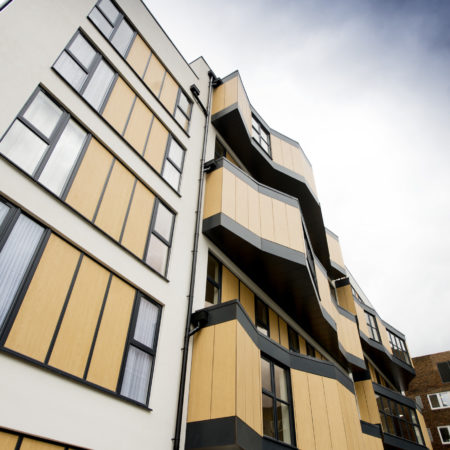How To Manage Uncertainty In Large-Scale Zero Carbon Retrofits
Planning and budgeting net zero carbon retrofit programmes is a complex task. Because of the complexity, programmes will inevitably rely on a few assumptions at the outset. Establishing archetypes for different categories of property allows planning to move forward on a reasonably realistic basis.
The archetypes define the construction, insulation levels and heating systems of different homes. Once these are established, you can model the retrofit actions needed to bring each archetype up to net zero performance and start to organise an industrialised supply chain.
These whole-house retrofit models can then be extrapolated into budgets and project plans based on an agreed set of priorities in line with Osborne’s four step retrofit process.
Expect the Unexpected
In reality, not all properties will fit the archetype exactly. So, planners must expect the unexpected and be prepared to adapt.
Details of the construction might vary; Wall dimensions may not always be identical – the original builders were probably not working to 10mm tolerances, and modifications and upgrades might have been made that were not fully documented.
The other complication is that a terrace is likely to comprise a mix of social homes and privately owned homes purchased under ‘right to buy’. What effect will a non-retrofitted home next door have on performance?
Depending on the number of assumptions and missing data points in the stock condition information, there will be a degree of variance from the standard model. Frameworks and partnerships should be set up to deal with this reality.
Real World Performance
It’s also highly likely that there’ll be a gap between modelled energy performance and real world energy use (which depends on behavioural factors as well as energy performance assessments). You can only fully assess this once several homes have been retrofitted and enough time has passed to collect statistically significant energy use data.
Variations from archetypes and modelled performance bring cost and timing risks. Partnerships also need effective contingency planning. Simplified business models and supply chains can quickly adapt to new information. The feedback loop must be highly responsive to incorporate changes without threatening overall timing and budget.
The more fragmented the delivery model, the harder it will be to deal with the unexpected and keep costs and timings on track.
Osborne’s response to this situation is to work in partnership with retrofit specialists, bringing our experience in managing large-scale property service partnerships and complex supply chains.
This means that social housing providers have a single point of contact and highly streamlined planning and reporting processes. The simplified business model is designed to take complexity out of the programme.
Find out more about Osborne’s Zero Carbon Retrofit Solutions by visiting our resource centre or contact Nick Davidge ([email protected]).

